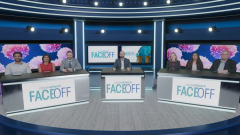Conference Coverage
Trending on CancerNetwork
Antiemetic Regimen Limits Chemo-Induced Nausea/Vomiting in Multiple Myeloma
Casdatifan Monotherapy Achieves Clinical Activity in Late-Line Kidney Cancer
Addressing Early Talquetamab Toxicity Concerns
FDA Grants Priority Review to BLA for Orca-T in Hematologic Malignancies
Cryoablation Regimen Receives FDA Marketing Authorization for Breast Cancer
Latest News
Shorts
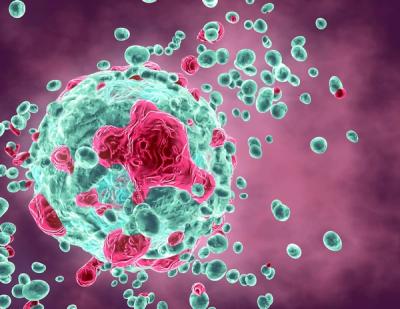
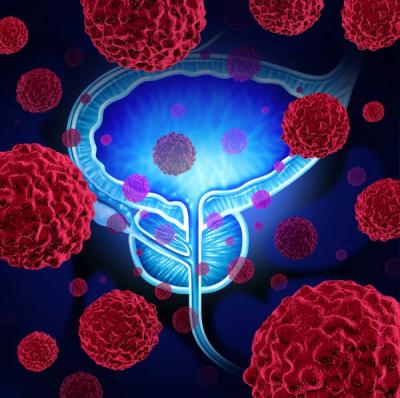
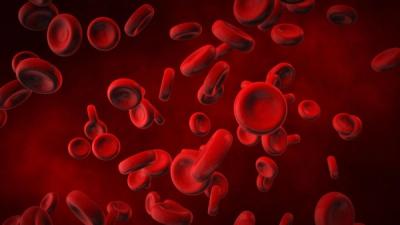
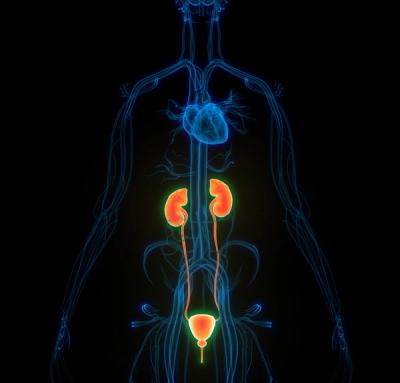


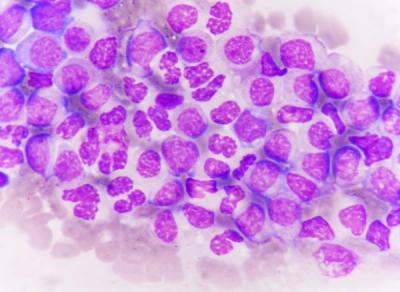
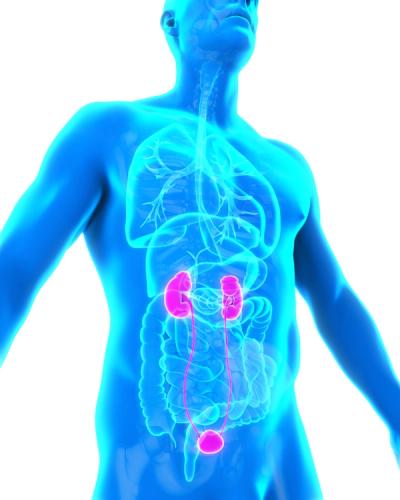


Podcasts

Optimizing Care for TILs, Cellular Therapy in Melanoma and Solid Tumors
A panel of oncology pharmacists discusses the role of lifileucel in metastatic melanoma and other considerations for using cellular therapy in solid tumors.

Gemcitabine Intravesical System Offers Tremendous Benefits in NMIBC
Prospective data observed with the gemcitabine intravesical system may be superior to prior reports of other therapies in BCG-unresponsive NMIBC.

Diving Into the Practical Applications of ctDNA in Oncology Care
Experts discuss key considerations for applying ctDNA to clinical practice, such as distinguishing between tumor-informed and tumor-uninformed testing.

How to Discuss Death: A Conversation of Mortality in Cancer Care
Daniel C. McFarland, DO; and guest William S. Breitbart, MD, discuss the critical role of meaning-centered therapy in addressing the psychosocial needs of patients with cancer.

Episode 14: Multidisciplinary Care Insights Across World GU 2025
Panelists and presenters attending World GU 2025 shared their perspectives on optimizing the management of prostate, kidney, and bladder cancers.

Unraveling Key Blood Cancer Takeaways From the 2025 SOHO Meeting
Experts detailed key advances in myelofibrosis, multiple myeloma, and lymphoma at the Society of Hematologic Oncology 2025 Annual Meeting.

Elevating Community Oncology Care: Insights From World GU 2025
A group of community and academic oncologists exchanged ideas on optimizing therapy across different prostate, kidney, and bladder cancer populations.

Episode 13: Perspectives on Optimizing Community Care at World GU 2025
Experts discuss considerations for improving the care of patients with prostate, kidney, and bladder cancer in community-based practices at World GU 2025.

Optimizing Care Planning for Variant Histology Populations at World GU 2025
At World GU 2025, experts discussed forming treatment strategies for patients with variant histologies across prostate, bladder, and kidney cancer.

Cardiovascular Considerations in Breast Cancer Treatment and Survivorship
Up-front risk stratification for additional cardiovascular testing may help mitigate cardiovascular toxicities in breast cancer treatment.
Videos
Continuing Medical Education
All News
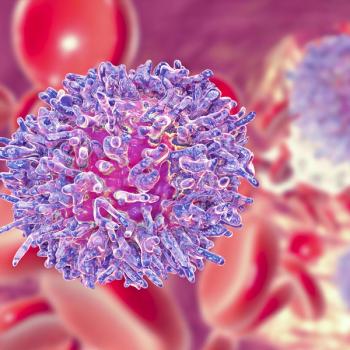
The regulatory agency gave a PDUFA target action date of April 6. 2026 for Orca-T among patients with AML, ALL, and MDS.
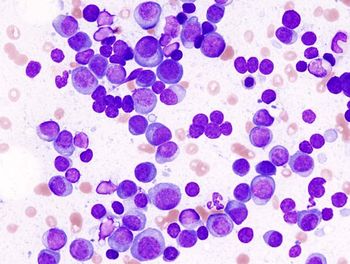
Patients with multiple myeloma who received palonosetron, dexamethasone, aprepitant, and olanzapine achieved a 44.1% CR rate across all study phases.
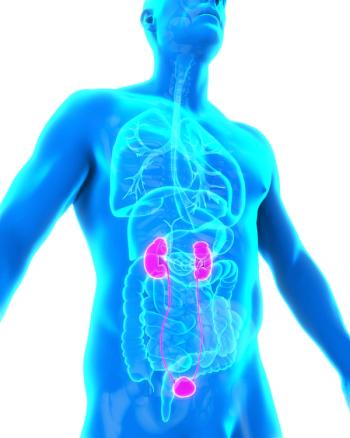
Data support the intravesical mitomycin solution’s role as an innovative option for those with recurrent, low-grade, intermediate-risk NMIBC.

The safety profile of dato-DXd was consistent with previous clinical trials assessing the agent in breast cancer.
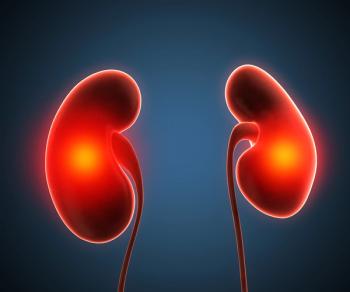
Casdatifan, administered at 100 mg once daily, achieved a confirmed ORR of 35% in patients with pretreated metastatic kidney cancer.
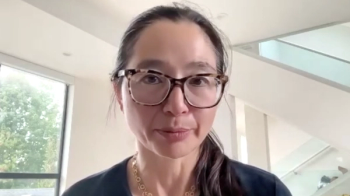
Patients with uveal melanoma who have tumors larger than 2 mm are candidates for brachytherapy plaque with vitrectomy and silicone oil.

A panel of oncology pharmacists discusses the role of lifileucel in metastatic melanoma and other considerations for using cellular therapy in solid tumors.

Evaluating RLT-based combinations, RLTs across genitourinary cancers, and in earlier lines of therapy are among the considerations for further research.

A study by the Blood and Marrow Transplant Clinical Trials Network found that a donor search prognosis strategy may move those with cancer to HCT faster.

Tara M. Graff, DO, MS, stated that combination therapy approaches may be the optimal route forward for advancing MZL care.

Grade 2 or higher genitourinary acute toxicity was observed in 27.3% of patients treated with 2 fractions of SBRT vs 29.2% of patients treated with 5.

Those with limited-stage small cell lung cancer who had elevated ProGRP levels at baseline had worse OS and PFS outcomes vs those with normalized levels.

“…if [there’s] a younger patient with MZL, I’m willing to risk a little extra toxicity to give them a longer-term remission,” said Tara M. Graff, DO, MS.

Twice-daily radiotherapy prolongs survival vs once-daily radiation among those with LS-SCLC, even with the incorporation of immunotherapy.
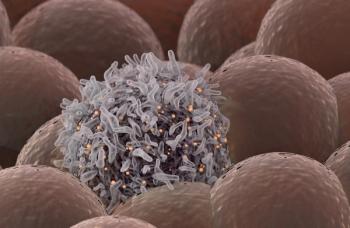
Pathologists should try to educate oncologists about the sensitivity and specificity of assays to help optimize care plans, said David Rimm, MD, PhD.

Subcutaneous mosunetuzumab achieved consistent rates of complete responses across various high-risk marginal zone lymphoma subgroups.

Treatment-related AEs with sunvozertinib were consistent with EGFR tyrosine kinase inhibitors in patients with NSCLC with EGFR exon 20 insertion mutations.

Beyond DNA-centric diagnostics, protein-based methods may play a role in accurately matching patients with the most effective therapies.

Biomarker research is needed to better ascertain patient benefit with tarlatamab among those with relapsed extensive-stage small cell lung cancer.

Biochemical markers and advanced imaging modalities play a critical role in monitoring patients undergoing RLT therapy for metastatic prostate cancer.
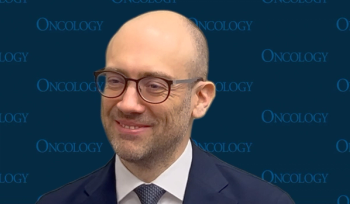
There will be an unmet need for therapy in patients with aggressive lymphomas who did not benefit from therapy with bispecifics, CAR-T, chemotherapy, and targeted therapy.

Data from the phase 3 IMforte trial support the FDA approval of maintenance lurbinectedin plus atezolizumab in extensive-stage small cell lung cancer.

Less lymphocyte depletion with twice-daily radiotherapy warrants further assessment to optimize the synergistic effect of radiotherapy and immunotherapy.
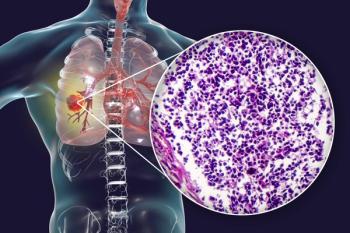
A real-world, retrospective analysis showed that CRS and ICANS occurred in 48% and 16% of patients with ES-SCLC who were treated with tarlatamab.

The decision is based on phase 3 DESTINY-Breast11 trial data, in which the investigational regimen displayed improved pCR vs SOC in this breast cancer population.

Combination therapy of ETX-636 plus fulvestrant is being administered to patients with HR–positive, HER2-negative breast cancer in a phase 1/2 trial.

David Rimm, MD, PhD, discussed how AI tools may help automate routine tasks for pathologists and predict genomic alterations from images.

The recent accelerated approval of tarlatamab marks a significant milestone in treating relapsed extensive-stage small cell lung cancer (ES-SCLC).

Data support the use of radioligand therapy in combination with androgen receptor pathway inhibitors to optimize prostate cancer outcomes.

The subcutaneous formulation of mosunetuzumab will require 17 cycles of therapy, without any maintenance, and can be done in outpatient settings.

D-VRd had a 72% chance of providing superior PFS outcomes vs isatuximab plus VRd in patients with transplant-ineligible NDMM.

Twice-daily thoracic radiotherapy appeared to confer less leukocyte and lymphocyte depletion compared with once-daily radiation in LS-SCLC.

Data from the CADENZA trial support the application for pivekimab sunirine as a treatment for those with blastic plasmacytoid dendritic cell neoplasms.












